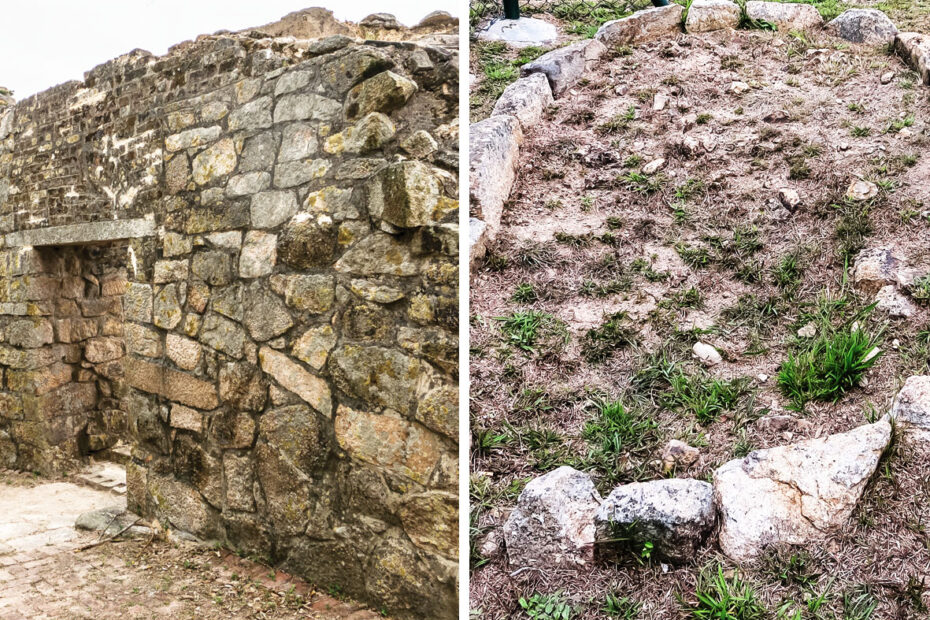REPORTING BY Rachel Sadler PHOTOS BY Samantha Wong
If you don’t have a boat, one of the best ways to get to Fan Lau is to hike there from the bus stop at Shek Pik. You’re about to enter remote territory, at Lantau’s far southwestern tip, where there are no roads. Most of the Fan Lau villagers have moved out in search of work, though a few eke out a living selling snacks to the handful of hikers who frequent the Fan Lau Country Trail.
Fan Lau is best known for its Qing-dynasty fort and megalithic stone circle, which are a short hike from the village. Walk along the beach towards the giant boulder on the far headland – and keep going. You’ll soon come across the fort, which was declared a monument in 1981. Built in 1729 to protect the Pearl River Estuary, it was occupied by pirate gangs later that century and then reconquered by Qing troops in 1810. The 10,500 square-foot rectangular stone structure was manned by eight cannons and served as a garrison with 20 barracks. It was abandoned by the British around 1900.
Today, Fan Lau Fort stands quietly, overlooked by mighty Sham Hang Lek; its remains are overgrown by grass and there’s not so much as a whisper of its terrible past. Initial restoration work was undertaken in early 1985, followed by a large-scale restoration and repair project in 1990.
Fan Lau Stone Circle was declared a monument in 1983 – just don’t expect Stonehenge. It’s only 10 feet in diameter at its widest point and, if it were not for the fence around, it would be easy to miss. A few small stones form a circle on the ground, but a megalithic stone circle nonetheless. Dating somewhere between 5,000 and 2,000 BC, it was likely used for pagan rituals. An information plaque reveals that this kind of stone structure became common in China during the late Neolithic (New Stone Age) and early Bronze Age before spreading throughout the world.
